The summer brings out everyone’s barbecue grills. Grill masters should always follow proper food safety practices – because not only does bacteria multiply faster in warmer temperatures, but preparing food outdoors makes safe food handling more challenging.
Take our free quiz to brush up on your food safety. Select your answers and click the Finish Button at the end – to see your results.
Start Quiz
Results
Great Job! You are a food safety expert!
Sorry – you need more food safety training.
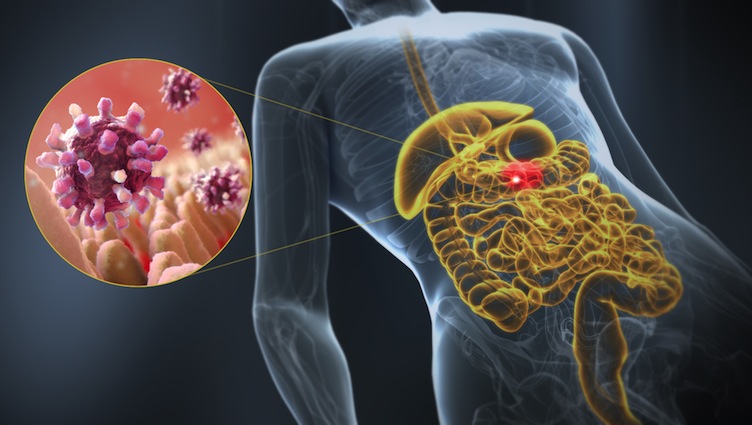


#1 The CDC estimates that roughly 48 million people get sick each year from a foodborne illness.
The CDC estimates that each year roughly 48 million people get sick from a foodborne illness, 128,000 are hospitalized, and 3,000 die.
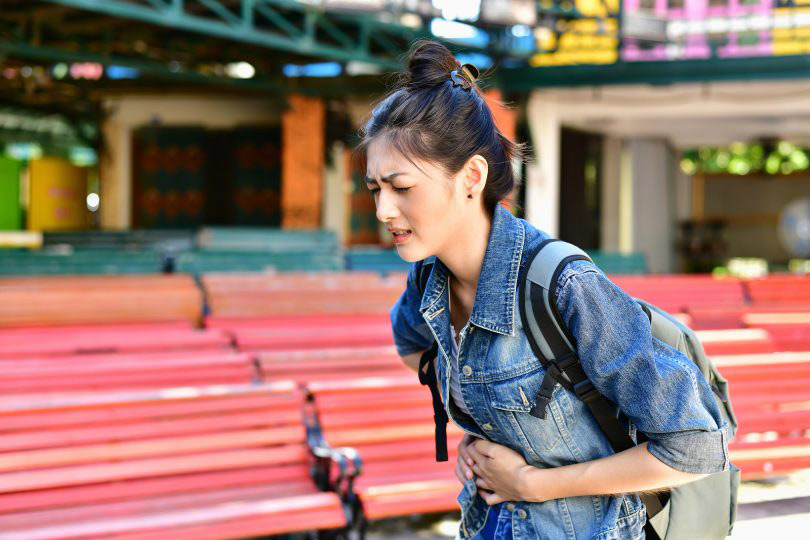


#2 What are the three categories of food hazard contaminants?
A food hazard is any agent that has the potential to pose a threat to human health or cause illness. Food hazards are generally classified by their sources:
- Biological hazards include bacteria, viruses, and parasites.
- Chemical hazards include natural toxins and chemical contaminants (cleaning and sanitizing agents, natural toxins, drugs, food additives, pesticides, industrial chemicals, and other toxins).
- Physical hazards are foreign objects which include glass, metal, plastic, bone chips, hair, insects, pest droppings, etc.
- Food allergens are a sub-category of natural toxins within chemical hazards.
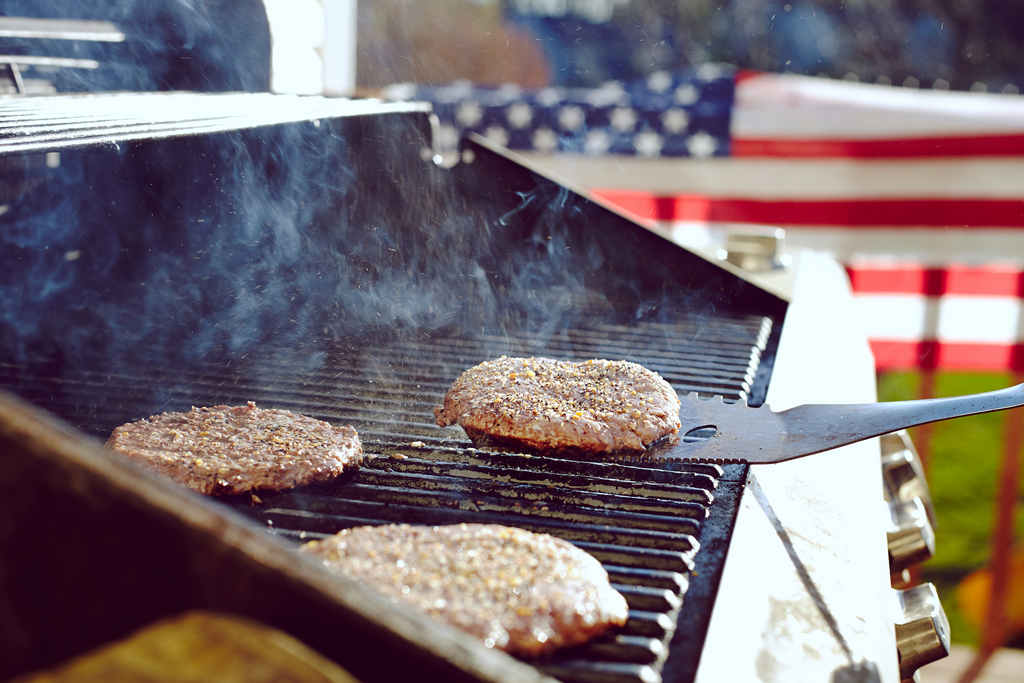


#3 What is the main reason foodborne illnesses increase during the summer months?
Foodborne illnesses increase during summer because not only does bacteria multiply faster in warmer temperatures, but preparing food outdoors makes safe food handling more challenging. Bacteria grow most rapidly in the range of temperatures between 41°F to 135°F (5°C to 57°C).
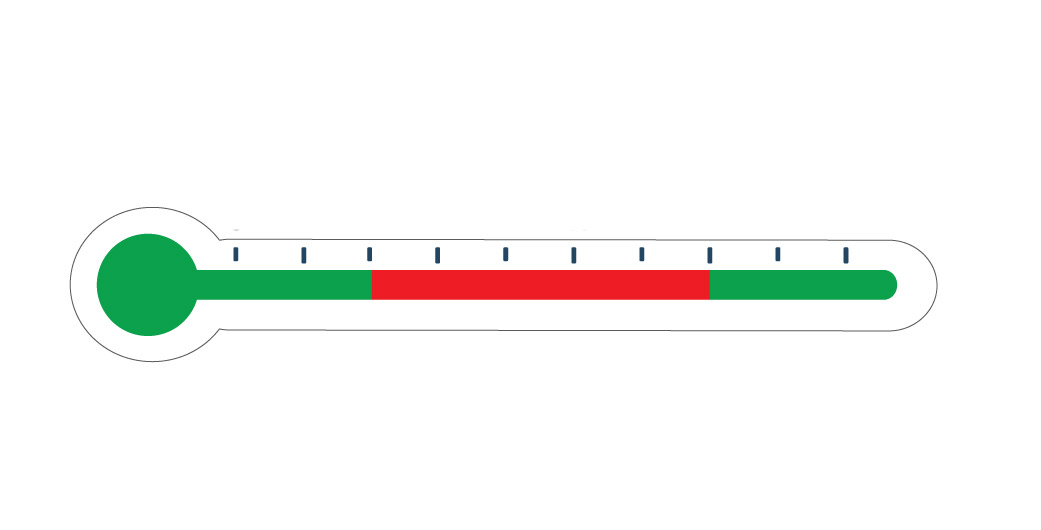


#4 What is temperature “Danger Zone” range for bacteria growth?
The FDA Food Code identifies the temperature danger zone as 41°F to 135°F. Bacteria grow most rapidly in the range of temperatures between 41°F to 135°F (5°C to 57°C). This range of temperatures is referred to as the “Danger Zone.” The USDA – Food Safety and Inspection Service (FSIS) rounds off and sets the temperature danger zone as roughly 40°F to 140°F.
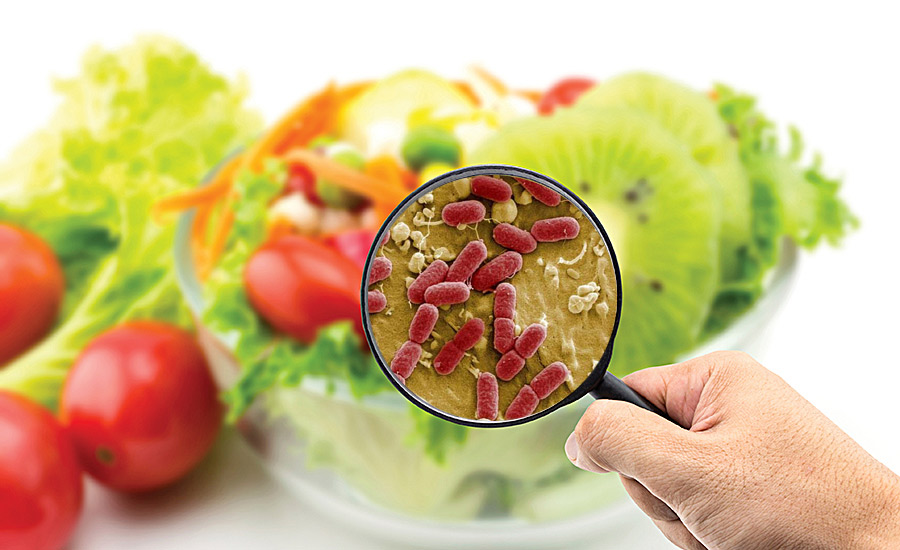


#5 What are the environmental conditions that support the growth of bacteria?
FAT TOM is a mnemonic device used in the food service industry to describe the six favorable conditions required for the growth of bacteria. It is an acronym for food, acidity, time, temperature, oxygen and moisture.
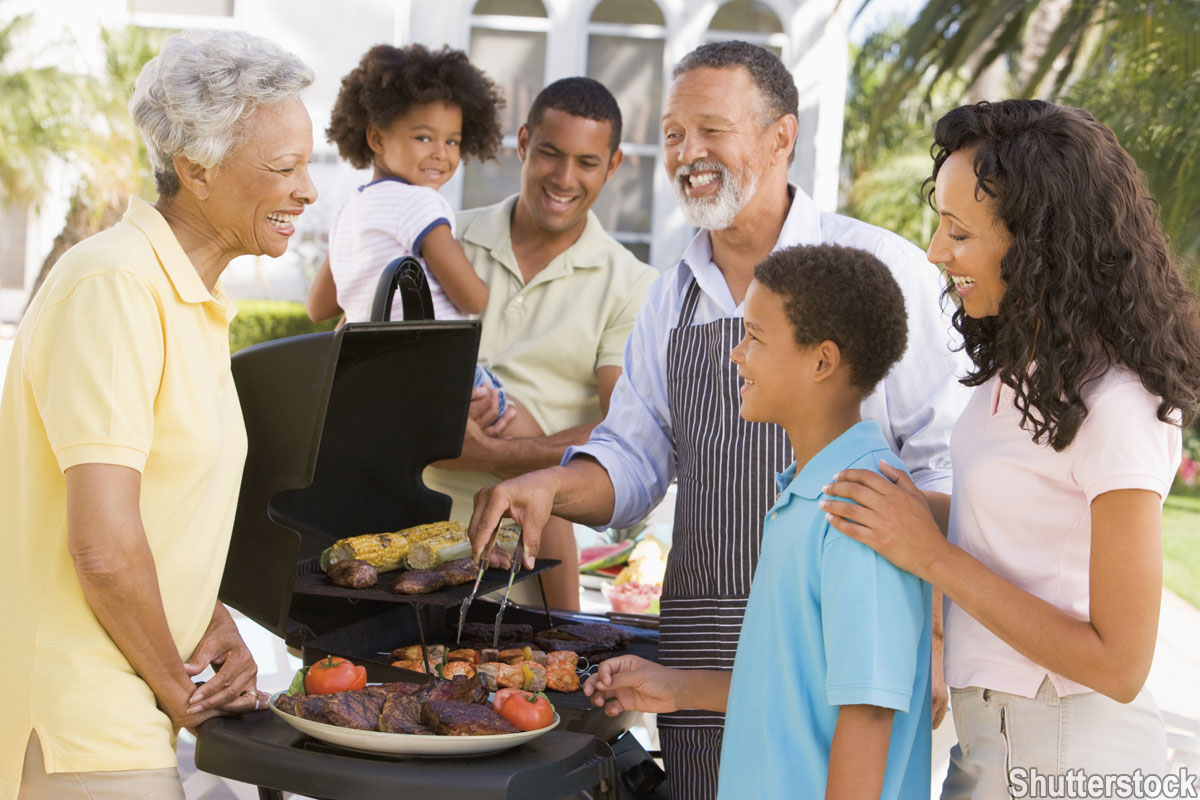


#6 Which group of people has the LOWEST RISK for foodborne illness?
Although foodborne illness can affect anyone, young adults are the least susceptible. Other groups have a greater risk, such as: infants, the elderly, cancer patients, diabetes patients, pregnant women, and other people with weakened immune systems, such as those with HIV/AIDS, diabetes, or an organ transplant.



#7 Before or after handling food, hands should be washed with water and soap for at least:
According to FDA, you should use plain soap and water, rub your hands together to make a lather, and scrub them well for at least 20 seconds.
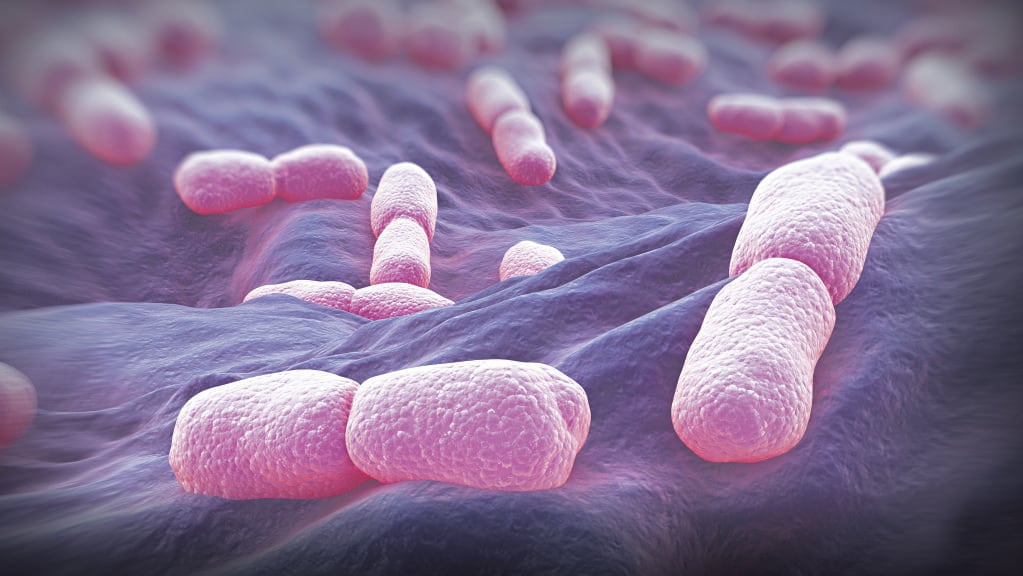


#8 The 5 most dangerous foodborne pathogens are:
The bacteria and viruses that cause the most illnesses are Norovirus, Hepatitis A, Salmonella, Shigella, E.coli. These pathogens are responsible for the vast majority of illnesses, hospitalizations, and deaths in the U.S.
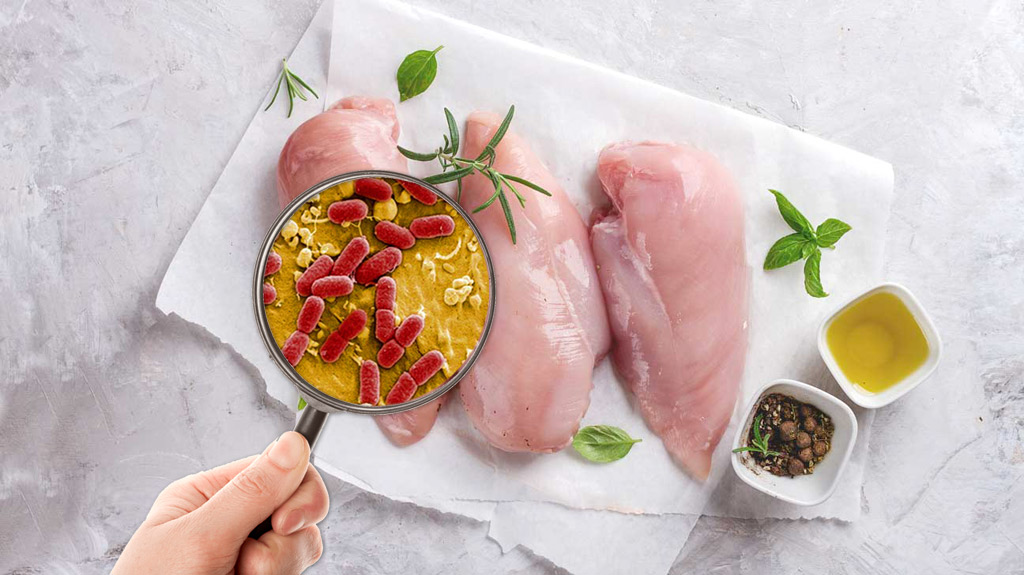


#9 The only way to ensure food is cooked properly to kill harmful bacteria is to:
The only way to know food has been cooked to a safe internal temperature is to use a food thermometer.



#10 What is NOT a useful method to prevent cross-contamination?
Using any container will not matter if food is contaminated beforehand. Cross-contamination is the transfer of harmful substances or disease-causing microorganisms to food by hands, food-contact surfaces, sponges, cloth towels, and utensils that touch raw food, are not cleaned, and then touch ready-to-eat foods. Cross-contamination can also occur when raw food touches or drips onto cooked or ready-to-eat foods.
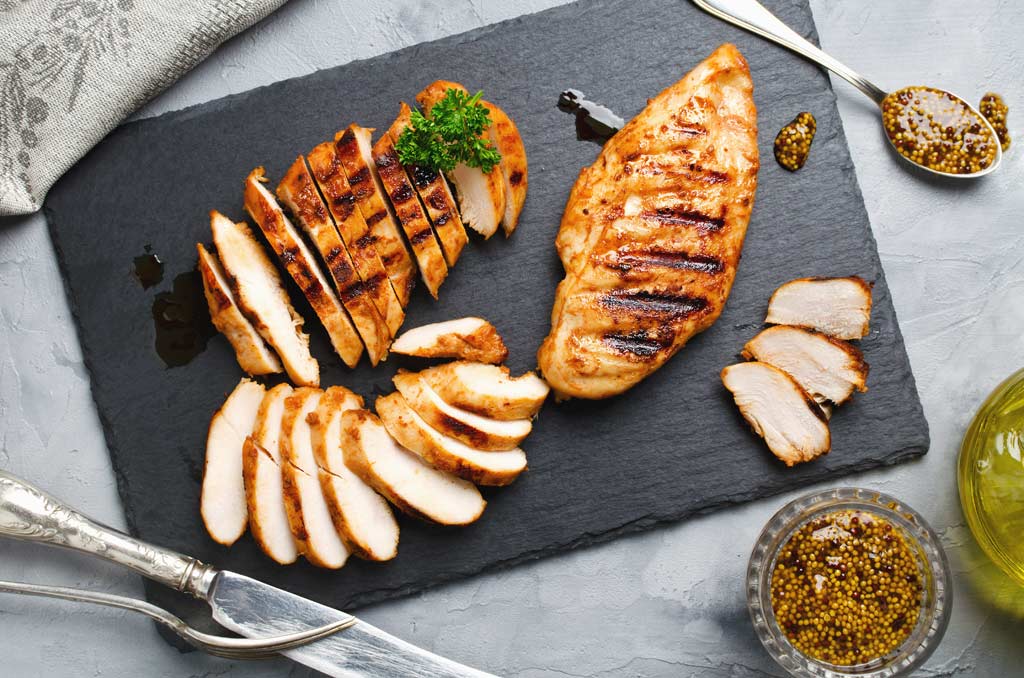


#11 What is the minimum safe cooking temperature of chicken and poultry?
According to the USDA, cook all poultry (whole, pieces, and ground) to a minimum internal temperature of 165°F – as measured with a food thermometer.



#12 What is the minimum safe cooking temperature for ground beef?
Cook all raw ground beef, pork, lamb, and veal to a minimum internal temperature of 160°F – as measured by a food thermometer.



#13 What is the minimum safe cooking temperature for pork?
The USDA recommends cooking pork to a minimum internal temperature of 145°F – as measured by a food thermometer.
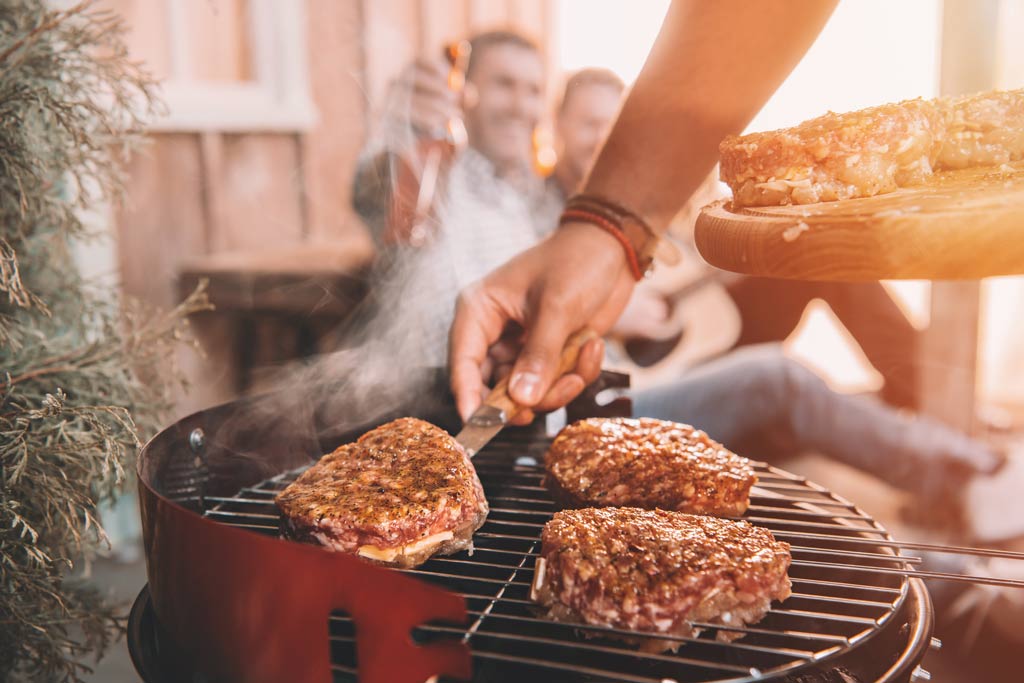


#14 The pathogen most associated with undercooked beef and hamburger is:
E. coli is the pathogen most often associated with undercooked beef and hamburger Escherichia coli (E. coli) bacteria normally live in the intestines of healthy people and animals. When cattle are slaughtered and processed, E. coli bacteria in their intestines can get on the meat. If the pathogens are present when meat is ground, then more of the meat surface is exposed to the harmful bacteria.
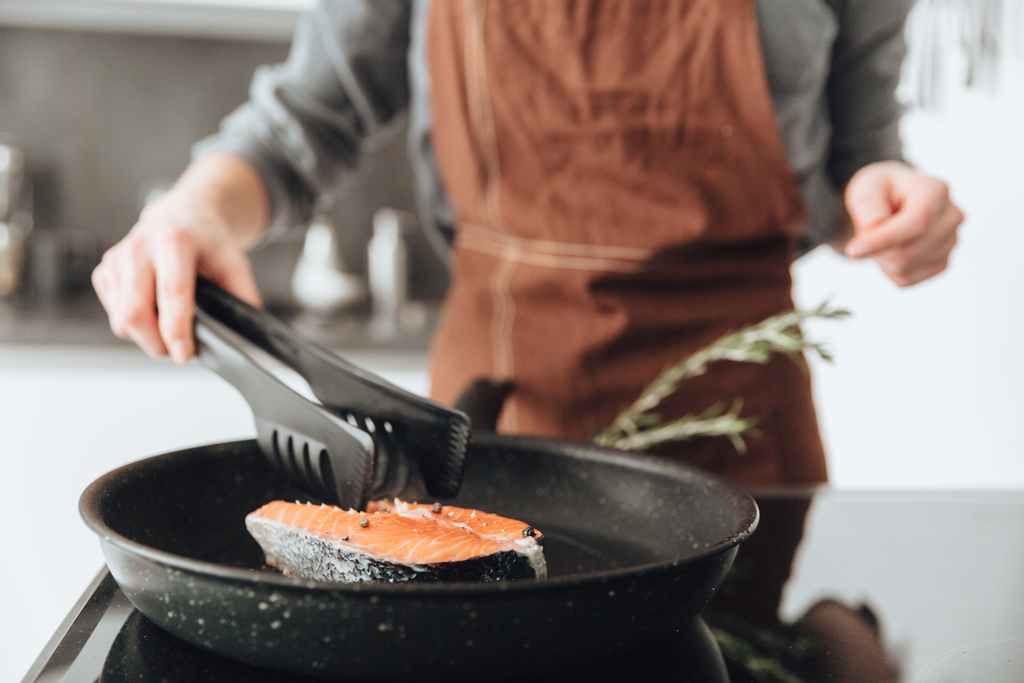


#15 What is the minimum safe cooking temperature of seafood?
According to the USDA, all seafood (fish, shellfish, crustaceans, etc.) should be cooked to an internal temperature of 145°F – as measured by a food thermometer.
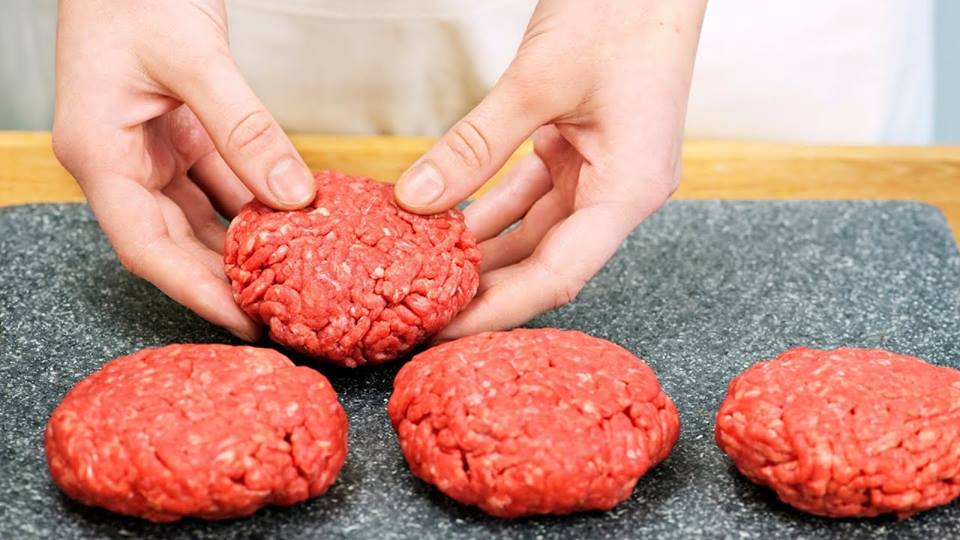


#16 Which bacteria in undercooked ground beef is most associated with food illness?
E coli. is the bacteria most often associated with undercooked beef and hamburger. Escherichia coli (E. coli) bacteria normally live in the intestines of healthy people and animals. When cattle are slaughtered and processed, E. coli bacteria in their intestines can get on the meat. If the pathogens are present when meat is ground, then more of the meat surface is exposed to the harmful bacteria. Infection symptoms include diarrhea (sometimes bloody), fever, and abdominal cramps – accompanied with nausea and vomiting.
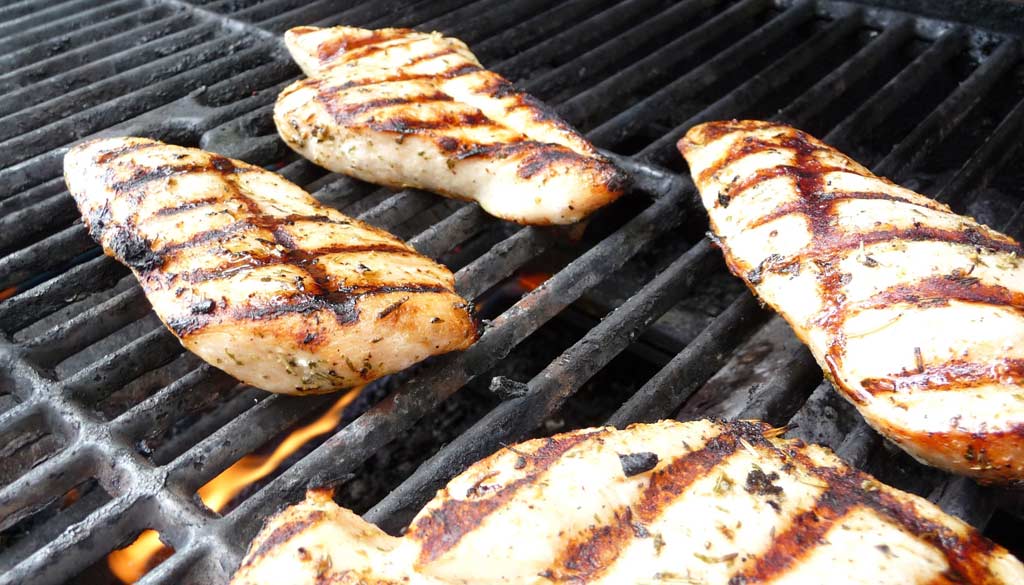


#17 Which bacteria in undercooked chicken is most associated with food illness?
Salmonella is the greatest food illness risk found in undercooked or raw chicken. Salmonella are bacteria found in the digestive tracts of animals and humans and are shed through feces. Symptoms of infection are generally typical of gastroenteritis (diarrhea, vomiting, abdominal pain) – along with fever, chills, and headache.
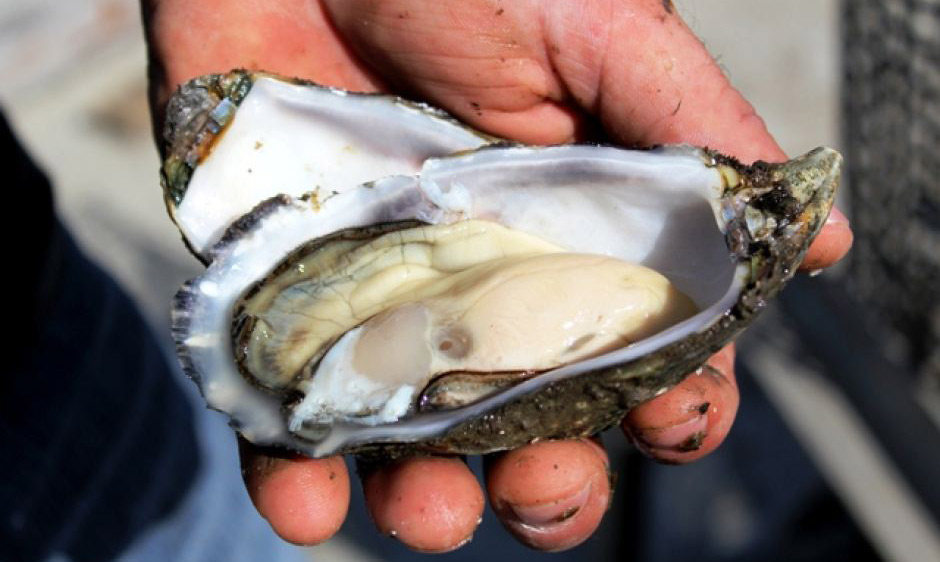


#18 Is it safe to eat raw shellfish?
Raw shellfish (oysters, clams, mussels) can be contaminated with a variety of foodborne pathogens such as E. coli, Norovirus, and Vibrio vulnificus – and can put you at a high risk for infections. Because shellfish are filter feeders and concentrate virus particles present in their environment, shellfish become contaminated when their waters are polluted with raw sewage.
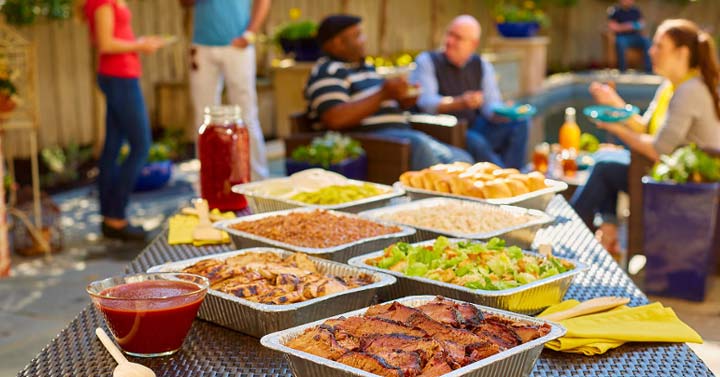


#19 Food should NOT be left out at room temperature for more than:
Follow the 2-hour rule: Do not let perishable food sit out at room temperature for more than 2 hours. If the temperature is above 90 degrees, limit that time to only 1 hour.
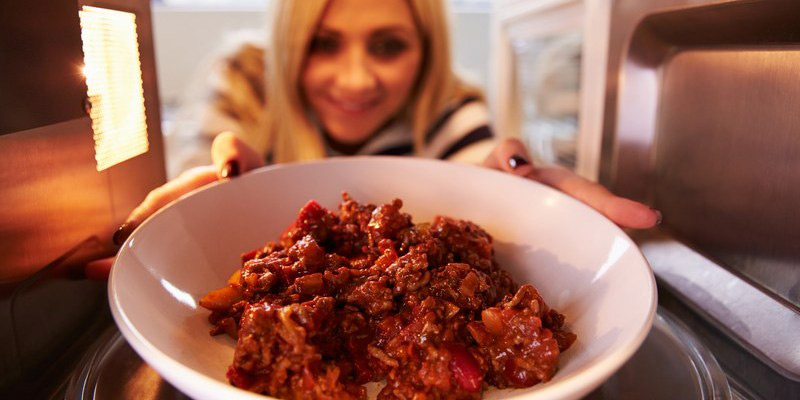


#20 What is the correct minimum temperature for re-heating leftovers?
Refrigerate any leftovers promptly in shallow containers. Discard any food left out more than 2 hours (1 hour if temperature outside is above 90°F). According to the USDA, leftovers need to be re-heated to an internal temperature of at least 165°F – as measured with a food thermometer – for 15 seconds or more – in order to kill any bacteria.
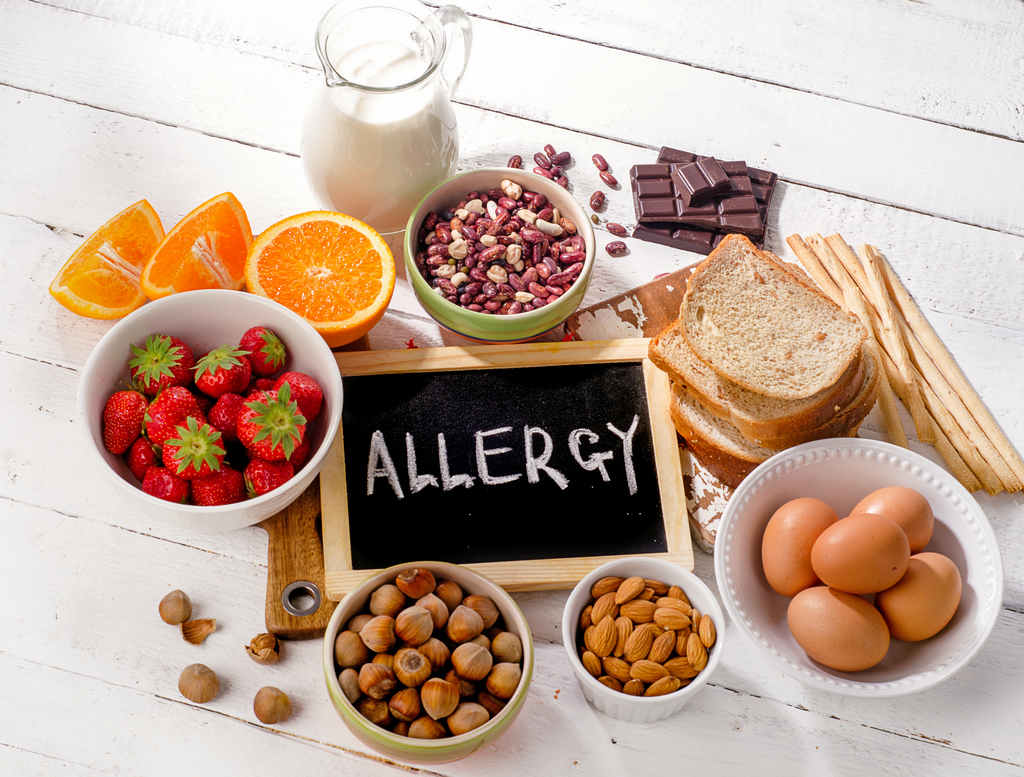


#21 Which food is NOT a major food allergen?
About 90% of all food allergy reactions occur in only 8 foods or food groups. The 8 major food allergens include: milk, eggs, fish, crustacean shellfish (lobster, crab, shrimp), wheat, soy, peanuts, and tree nuts – according to the U.S. Food Allergen Labeling and Consumer Protection Act (FALCPA).








